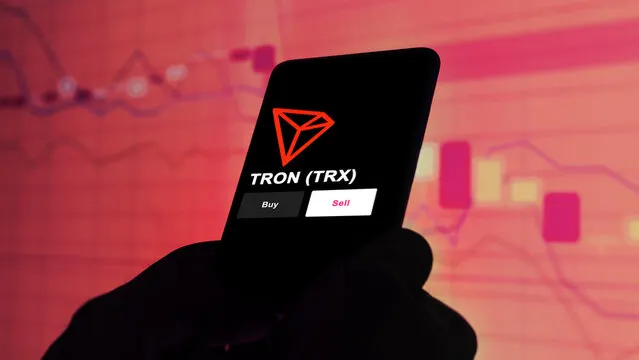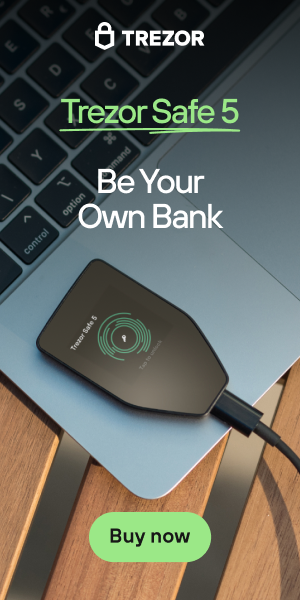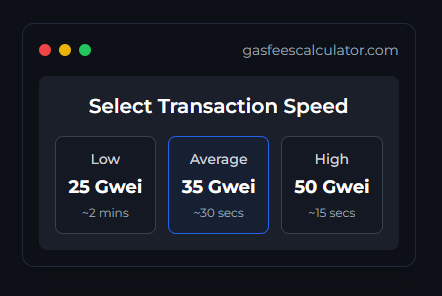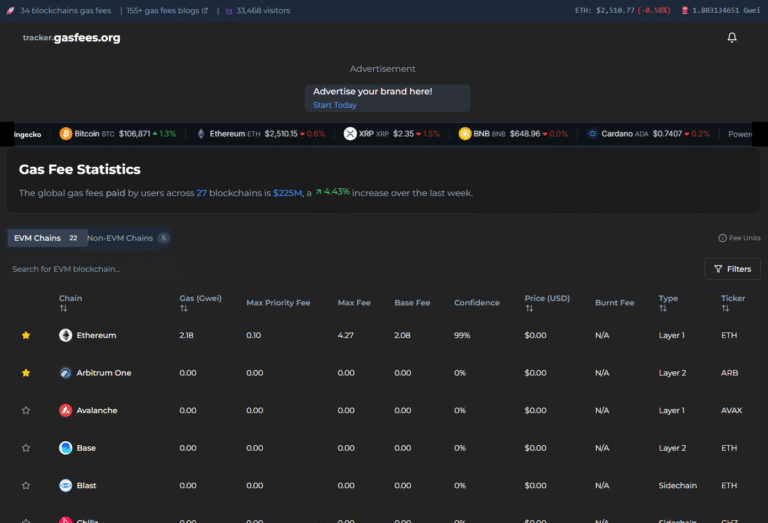What Are TRON Gas Fees?

TRON has rapidly become one of the most popular blockchain platforms, known for its fast transactions and low costs.
If you’re new to TRON or considering using it for your projects, understanding its gas fees is crucial. Gas fees are the costs involved in processing transactions on the blockchain.
For TRON users and developers, knowing how these fees work can save money and optimize transactions.
Understanding TRON Gas Fee Structure
The TRON network operates quite differently when it comes to gas fees compared to other blockchains. Instead of just one type of gas fee, TRON uses a combination of bandwidth, energy, and transaction fees. These components work together to keep the network running smoothly and help users manage costs.
Bandwidth and Energy Explained
Bandwidth and energy are two key resources on the TRON network.
- Bandwidth relates to the size of your transaction data. Each account on TRON receives a daily free bandwidth quota, which covers regular transactions like sending TRX (TRON’s native currency). Once this quota is exhausted, transactions consume TRX as fees.
- Energy is used primarily for executing smart contracts. It’s generated by staking TRX—the more TRX you stake, the more energy you get. Staking helps avoid fees when running complex contracts, making it cheaper to interact with decentralized applications (dApps).
This system encourages users to stake TRX to reduce costs on operations that involve smart contracts, making it quite user-friendly compared to blockchains with fixed gas fees per transaction.
Transaction Fees with TRX
Most TRON transactions require a small fee paid in TRX, especially when your bandwidth or energy quota runs low.
- The minimum fee for a simple transaction is tiny—usually just a fraction of a TRX.
- If you want to speed up your transaction or ensure it gets priority in the network, you can choose to pay a higher fee.
- These fees are transparent and predictable, helping users avoid unexpected costs.
Gas Fees on TRC-20 Tokens like USDT
TRON also supports TRC-20 tokens such as USDT, a popular stablecoin. Gas fees for transferring USDT behave a bit differently:
- If the recipient wallet doesn’t have enough energy, the sender pays additional TRX fees. This happens because USDT transfers require energy for smart contract execution.
- For wallets with leftover energy, the fees are minimal.
- Recently, TRON began allowing users to pay gas fees in USDT itself, helping simplify transfers without needing to hold TRX. This change makes transactions smoother and reduces hurdles for stablecoin users.
If you want to see the current gas fees for USDT transfers on TRON, you can check out Tron USDT transfer fees chart and ways to reduce gas fees.
Comparison of TRON Gas Fees with Other Blockchains
When we compare TRON’s gas fees to other popular blockchains, the differences stand out clearly.
TRON vs Ethereum Gas Fees
Ethereum’s gas fees are known for being volatile and often high during network congestion.
- Ethereum’s gas model charges fees based on computational work, which can spike unpredictably.
- TRON’s bandwidth and energy system offers more stable and lower costs, especially for regular transactions.
- Many users switch to TRON for its fast speeds and consistently cheaper fees.
This comparison is explored in detail in an article about TRON’s low fees compared to Ethereum’s high gas costs.
TRON vs Solana and Other Networks
Solana also focuses on low fees and high-speed transactions, but TRON offers:
- Comparable or even lower transaction costs,
- A simpler way to minimize fees via staking,
- Good throughput for large-scale dApp use.
Other Layer-2 solutions try to reduce fees on Ethereum but often add complexity. TRON’s approach integrates simplicity with cost-effectiveness, making it a solid choice for mass usage.
Recent Developments and Future of TRON Gas Fees
The way TRON gas fees work is continuously evolving, especially concerning stablecoin transfers.
Surge in USDT Gas Fees and Causes
Lately, users have noticed a surge in USDT gas fees on TRON. This increase stems from network activity and the energy required to execute smart contracts for token transfers.
- When sending USDT to new wallets without energy, fees are significantly higher.
- This situation can affect user experience and cost-efficiency for mass transactions.
Details on fee fluctuations can be found at What Are The USDT Gas Fees Now? Compare Gas Fees.
Gas-Free Feature and Its Benefits
TRON plans to introduce a gas-free transfer feature for USDT. This means users won’t pay any fees when transferring USDT stablecoins.
- The system works by preloading energy or covering fees through TRON’s new mechanisms.
- It will boost adoption by removing friction for everyday transfers.
- Mass users and businesses will benefit as this feature simplifies stablecoin use and reduces costs.
Strategies to Minimize TRON Gas Fees
Users and developers can still take steps to cut TRON gas fees today:
- Stake TRX: Generating energy through staking covers smart contract costs.
- Use wallets with existing energy: Sending tokens to such wallets lowers fees.
- Explore third-party services: Some offer discounted energy or optimized transaction routes.
- Plan transactions during low network load: Fees might be lower when fewer people are using the network.
These strategies help keep transactions quick and affordable.
Conclusion
TRON offers one of the most cost-effective ways to transact on a blockchain. Its unique gas fee model—based on bandwidth, energy, and small transaction fees—keeps costs predictable and low. Recent changes like allowing USDT gas fees to be paid in stablecoins and the upcoming gas-free feature hint at a future where TRON continues to lead in affordability and ease of use.
For anyone interested in blockchain transactions without hefty fees, TRON stands out as a practical option. Its ongoing innovations make it worth watching for developers and everyday users alike.
More Blogs
Comprehensive articles, guides, and tutorials on how gas fees work, why they fluctuate, and strategies to manage them effectively.





